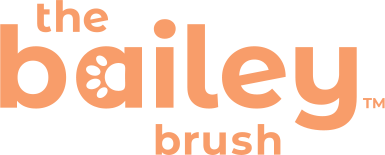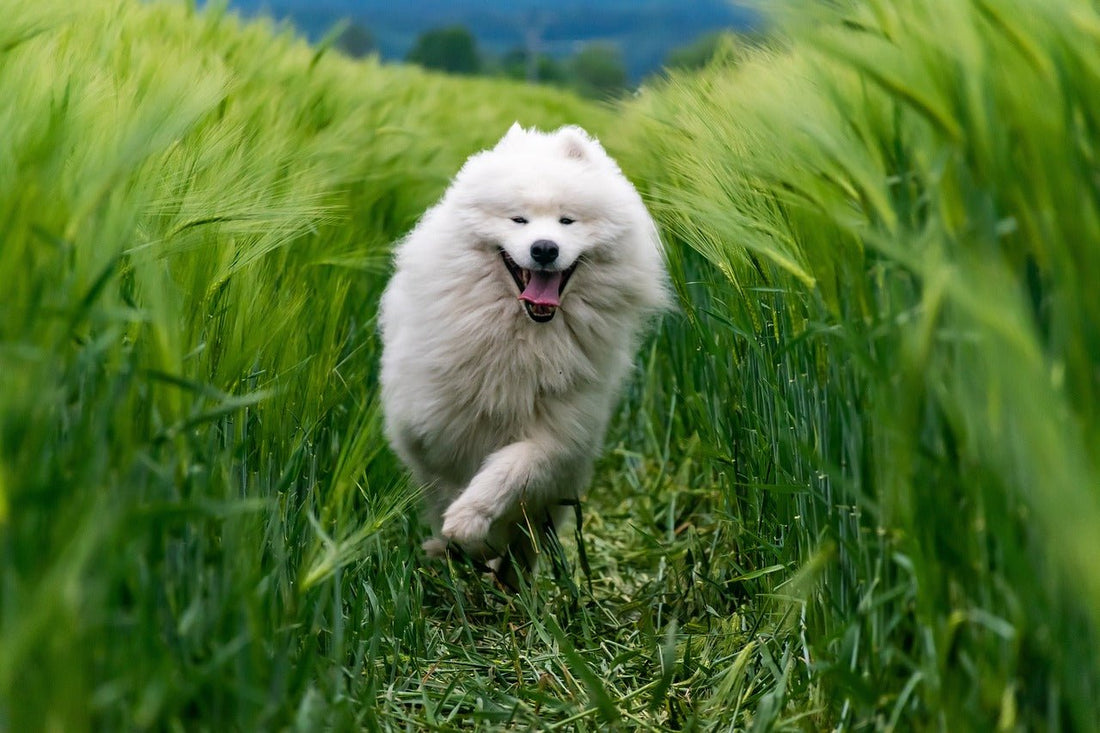

Have you ever finished brushing your dog, only to see him munching on the hair you just removed? Is it harmless curiosity, or could it signal something more serious? I’ll dive into the reasons behind this behavior, explore potential health risks, and provide actionable tips to prevent it. So why does my dog eat his hair after I brush him?
Dog behaviors often seem strange to humans like eating their own hair. While not uncommon, it’s not exactly a "regular" thing either. Occasional curiosity is one thing, but consistent hair-eating might require specialized attention.
Curiosity or Boredom
Dogs are naturally inquisitive creatures. A tuft of freshly brushed hair might catch their attention, especially if they’re feeling bored. For puppies, this behavior is often part of exploring their environment.
Grooming Instincts
After grooming, some dogs attempt to "clean up" by eating the loose hair. It’s a habit rooted in their natural instincts but not necessarily healthy.
Anxiety or Stress
Stressful situations, such as changes in routine, loud noises, or separation anxiety, can lead to unusual coping mechanisms like eating hair. Grooming sessions themselves might be stressful for some dogs.
Nutritional Deficiency
A diet lacking in essential nutrients might push your dog to consume hair or other non-food items in an attempt to supplement their diet. This could signal an imbalance in their current food regimen.
Compulsive Behavior
Dogs with compulsive disorders, such as pica, often ingest inappropriate items, including fur. This behavior can become habitual and difficult to manage without intervention.
Hair-eating isn’t just odd; it can lead to health complications. These risks underscore the importance of addressing hair-eating behavior promptly. Here are the main risks:
Risk |
Impact on Dog’s Health |
|
Digestive Blockages |
Ingested hair can clump in the stomach or intestines, leading to obstructions. |
|
Hairballs |
Similar to cats, dogs can develop hairballs that are difficult to pass. |
|
Vomiting or Reduced Appetite |
Hair accumulation may cause nausea or discomfort, reducing appetite. |
Now that we understand the triggers I can show some solutions. Here are some effective strategies to stop “my dog eating hair.”
Frequent grooming reduces loose hair, minimizing the temptation for your dog to eat it.

The Bailey Brush Dog Shedding Brush is a perfect tool for the job. It removes loose, dead hair without pulling or irritating your dog’s sensitive skin. Its ergonomic design, durable silicone material, and calming round tips make it a groomer-approved dog brush to reduce shedding.
Engage your dog during and after grooming sessions. Offer a toy or treat immediately after brushing to shift their focus away from the hair.
Teach your dog a command like "leave it" to discourage them from eating hair. Positive reinforcement can help reinforce this behavior over time.
Ensure your dog’s diet is well-balanced. Consult a vet to rule out nutritional deficiencies and adjust their food if needed.
Sometimes, hair-eating can indicate deeper issues that require professional attention. Consult your vet if:
A vet can help identify underlying causes and provide tailored solutions to address the issue.
Eating hair might not be very dangerous, but it isn’t good for dogs. Hair is hard for their stomachs to digest. It can get stuck and cause blockages in their tummy.
If this happens, your dog might gag, retch, or even vomit. These are signs of hairballs. In mild cases, laxatives can help clear things up. But if it’s serious, your dog might need surgery to fix the problem.
Important one: How Frequently Should You Brush Your Dog?
While it’s not unusual for dogs to eat their hair after grooming, it’s a behavior worth monitoring. Understanding the reasons behind it and taking proactive steps—like regular grooming with tools like the Bailey Brush, distraction techniques, and dietary adjustments—can help prevent potential health risks.
If the behavior still persists or gets worrisome, you must consult a vet
No comments
0 comments